This is what the world’s largest underground mine looks like
MINING.COM toured Chile’s El Teniente mine, the world’s largest underground copper operation and the sixth biggest copper mine by reserve size.
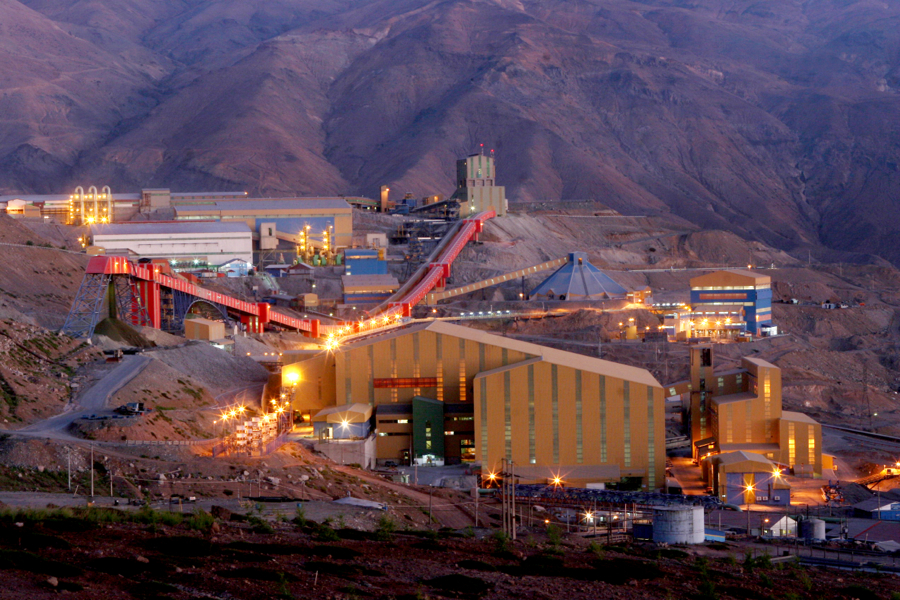
Codelco’s El Teniente mine, the world’s largest underground copper operation and the sixth biggest copper mine by reserve size. (Image provided)
El Teniente is owned and operated by Codelco, the state-owned copper miner and the world’s largest copper producer.
With seven divisions, Chuquicamata, Radomiro Tomic, Ministro Hales, Andina, El Teniente, Salvador, and Gabriela Mistral, Codelco’s operations include several world class mines from a reserve, production capacity, and cost perspective, as well as smelting and refining capability.
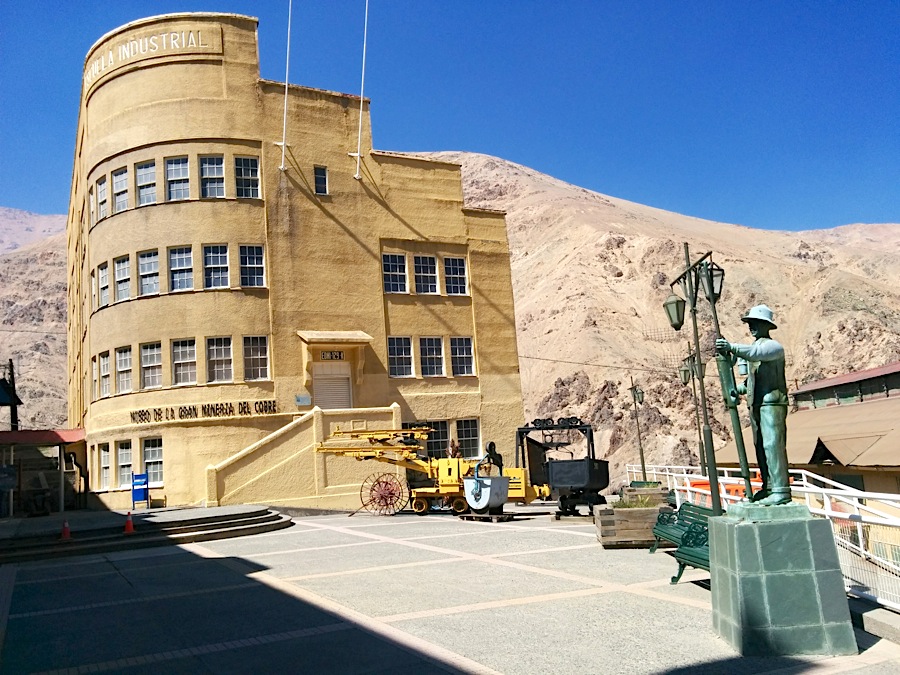
Until the late 1960s, El Teniente’s residential community of Sewell — named after president of the company that used to own the mine (U.S.-based Braden Copper) — was a classic mining town and a thriving (but residentially segregated) community.
Located 80km south of Santiago, in the Andes mountain range, El Teniente is undergoing an extensive $5.4bn expansion project called New Mine Level project, which will extend the mine’s production life by 50 years.
The ongoing extension project will expand current mining operations deeper, about 100 metres below the existing main haulage level of the mine. The structural design of the new mine allows for uninterrupted operation of the existing mine during its construction.
The New Mine Level project will access approximately 2.02 billion tonnes of ore reserves (grading 0.86% copper) lying at about 350 metres below the existing undercut level of the mine.
Mining will occur only on a large single level instead of scattered blocks on different levels, as is the case with the existing operation.
El Teniente’s New Mine Level will be an automated operation with the mining, processing and transport activities controlled remotely from the corporate building in the city of Rancagua, located 50km from the mine site.
Two underground parallel tunnels, each 9km in length and 8m in diameter, and connected by 22 cross-tunnels, are being built as part of the project. One tunnel will be used for entry and exit of employees, while the other will house the conveyer belt system. At the current operation there is only one tunnel, which is used for all purposes.
As part of the project, a 17 km long new access road is also being developed at a lower elevation. The goal is to halve current travelling times.
The massive deposit was discovered in the early 19th century and has been operational since 1905, when U.S.-based Braden Copper Company began operations. Block caving is used for extracting ore.
The existing underground mine comprises six mining blocks around the Braden Pipe at different elevations including the Esmeralda, Reservas Norte, Diablo Regimiento and Pipa Norte.
Over 3,000 km of underground tunnels — about the distance from Las Vegas to New York — and close to 1,500km of underground roads have been developed in the mine since it began operations.
A 3.5km tunnel connects the mine with the exterior, and the ore is hauled to the surface through a railroad system. Then the ore is sent to the crushing plants on surface from where it is conveyed to a concentrator and the produced copper concentrate is sent to nearby smelter.
Since 2012 El Teniente also have an opencast section called Rajo Sur (below), which is expected to run out of ore in 2019. However, Codelco is working on extending the section’s life by three years.
El Teniente was one of the first mines in the world to deploy semi-automated load haul dumpers (LHDs) for ore extraction, in 2004. Sandvik AutoMine automated loading systems were introduced in the Pipa Norte and Diablo Regimiento sections of the mine to automate the LHD fleet.
El Teniente produced 423,100 tonnes of copper between January and November last year. In 2013 copper output reached 450,000 tonnes, making it Codelco’s top producing mine that year.
El Teniente employs 4,000 staff workers and about 11,000 contractors.
More News
Australia’s VHM scraps offtake deal with Shenghe Resources
January 11, 2026 | 04:08 pm
US to push for quicker action in reducing reliance on China for rare earths
January 11, 2026 | 09:07 am
{{ commodity.name }}
{{ post.title }}
{{ post.date }}
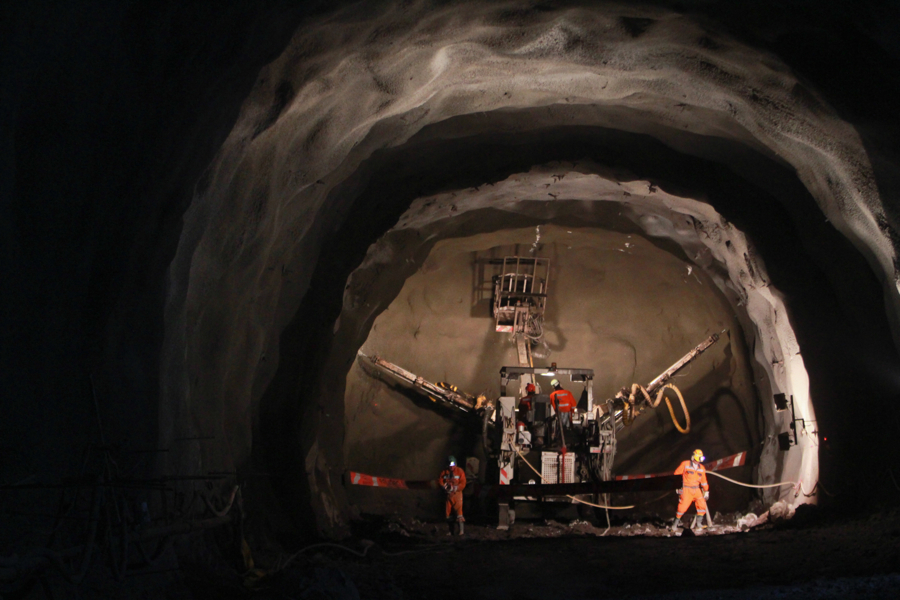
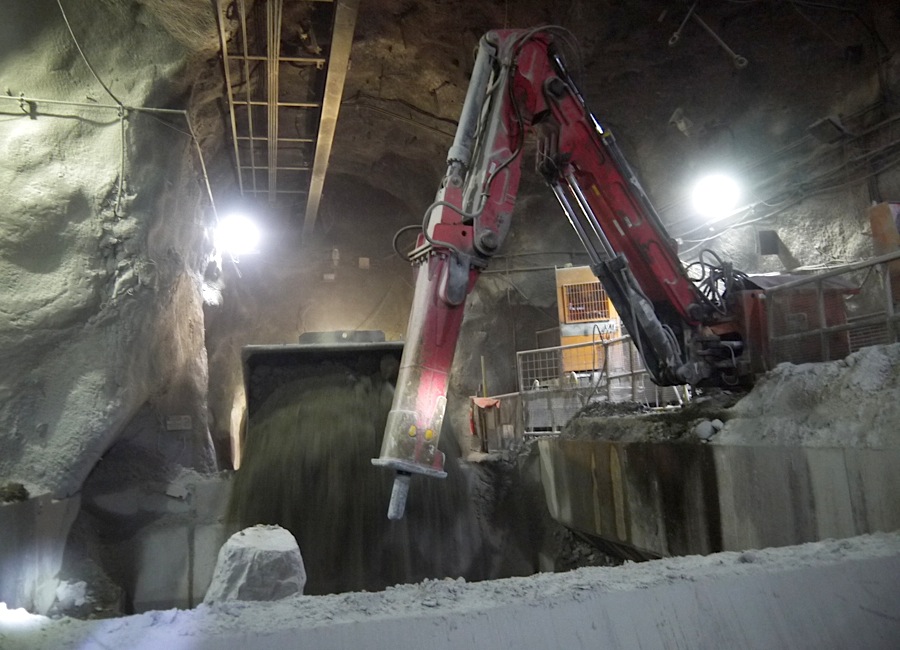
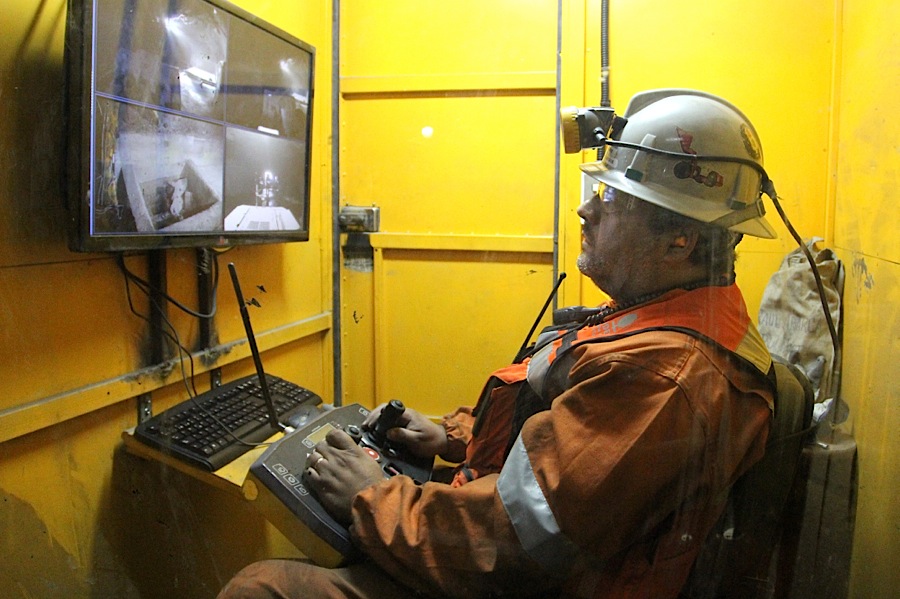
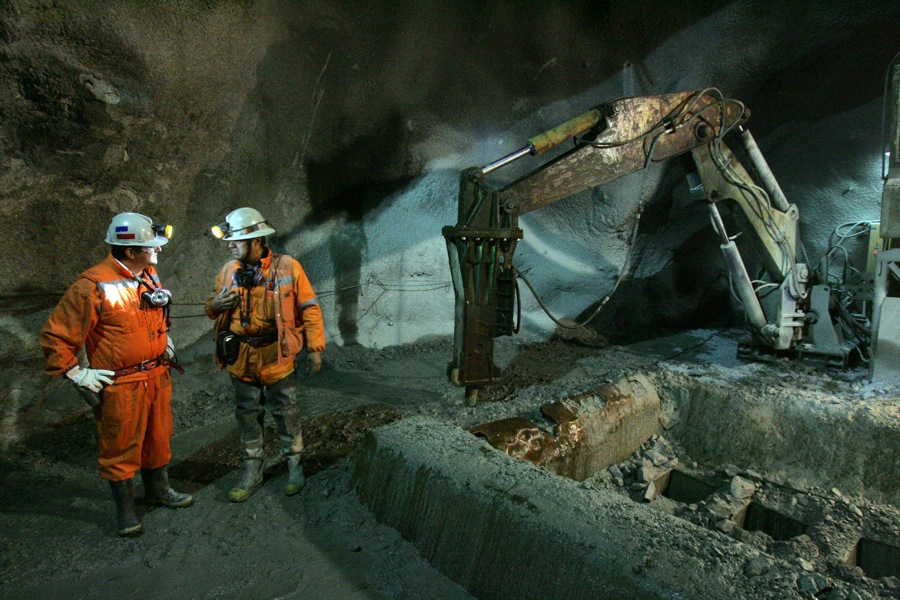
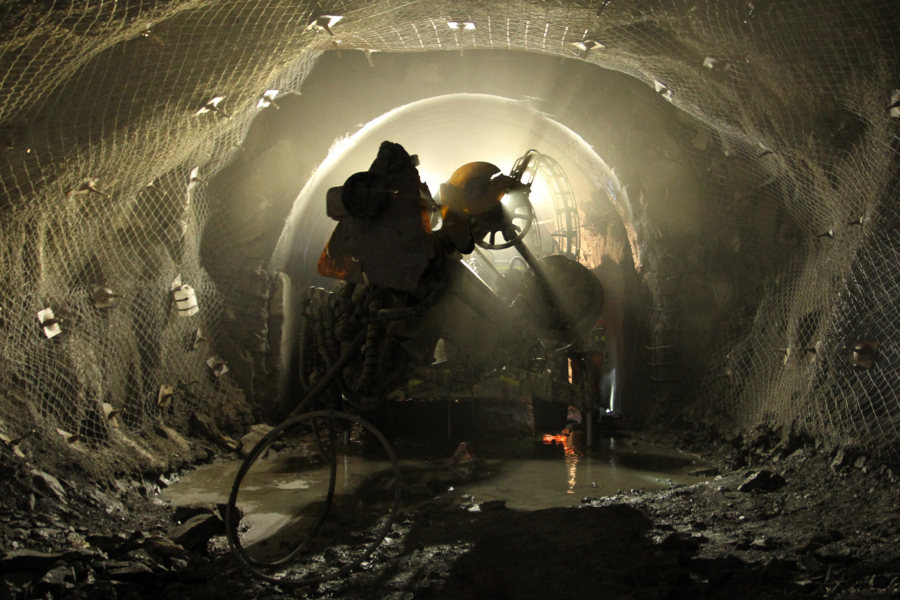
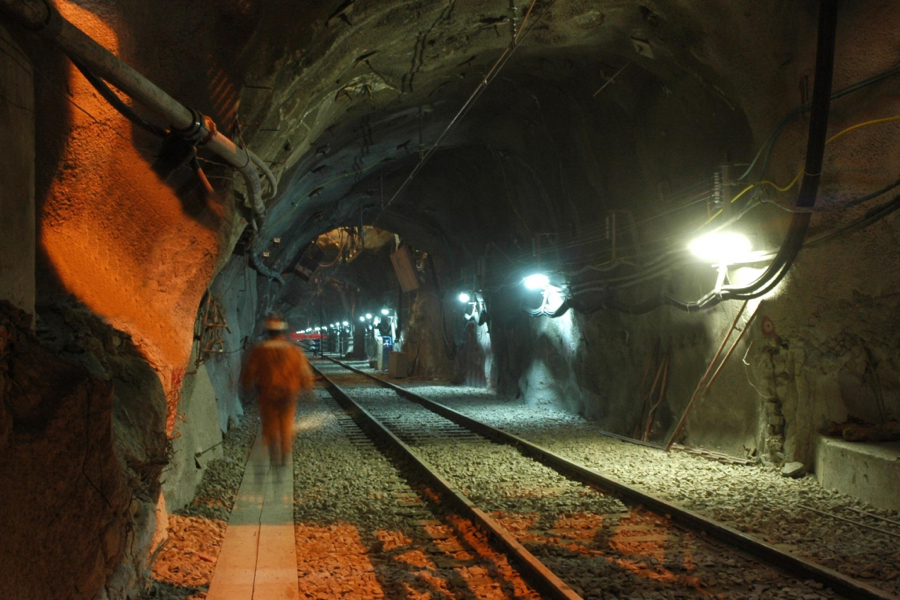
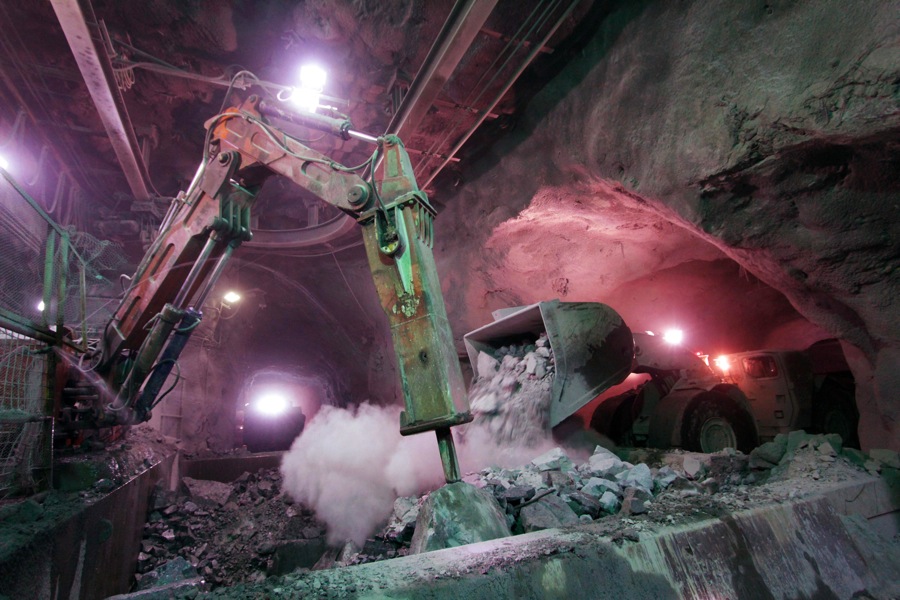
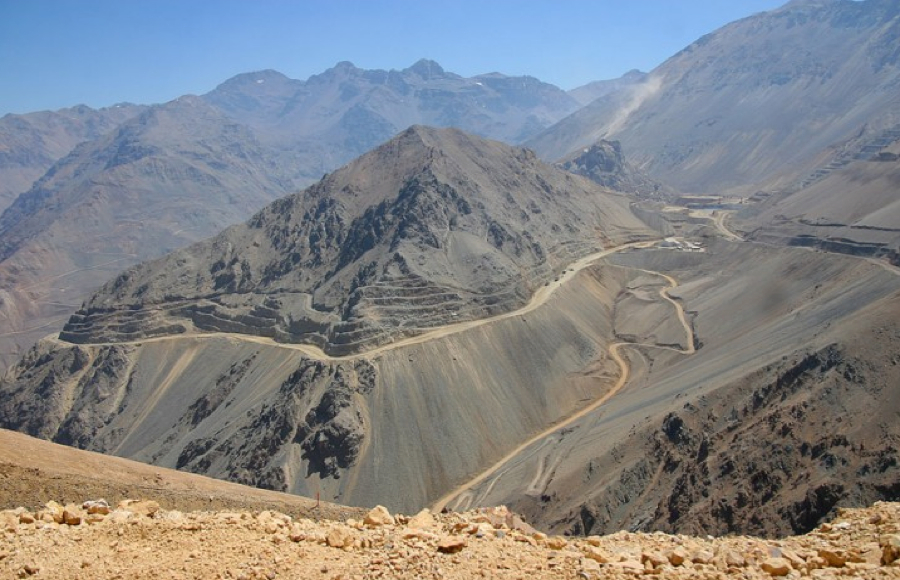
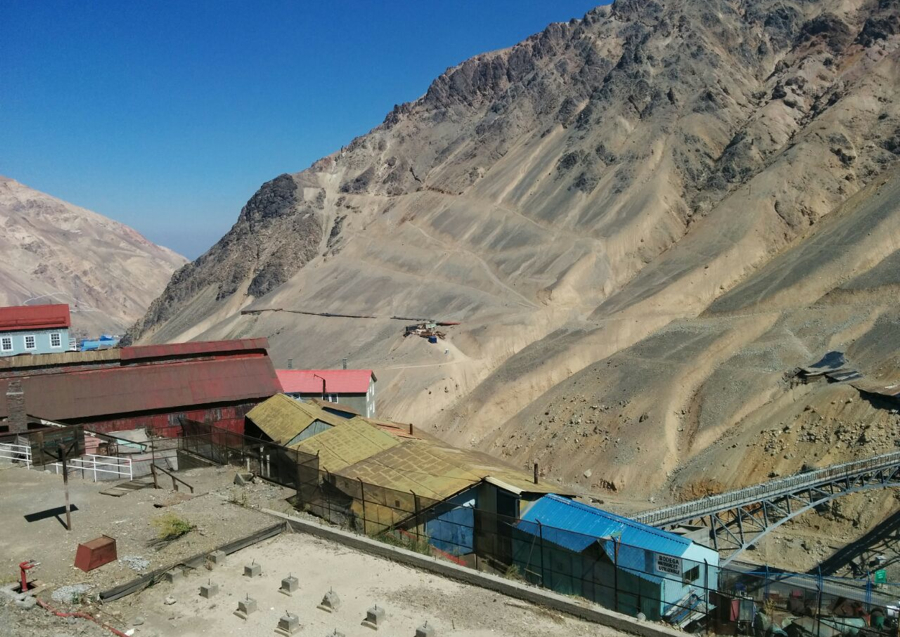
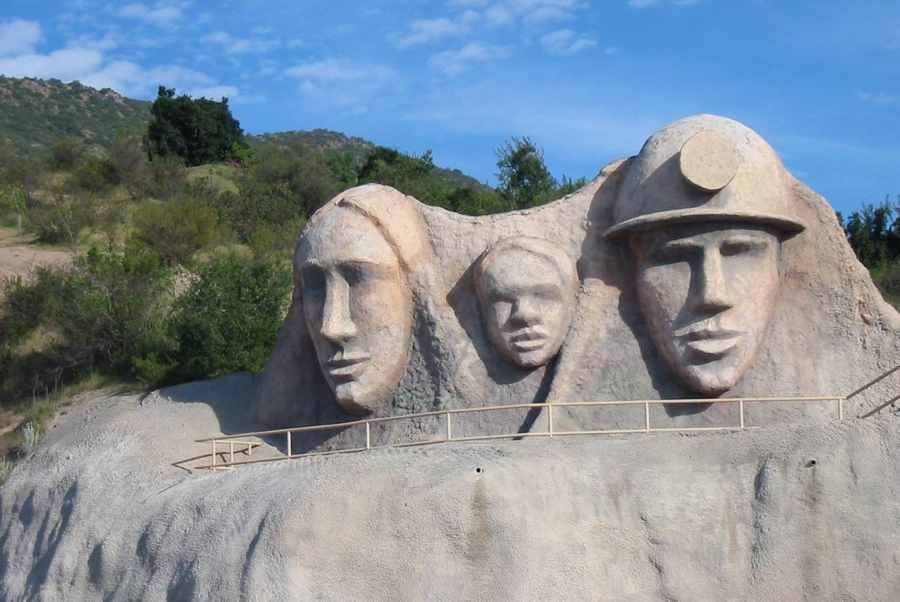
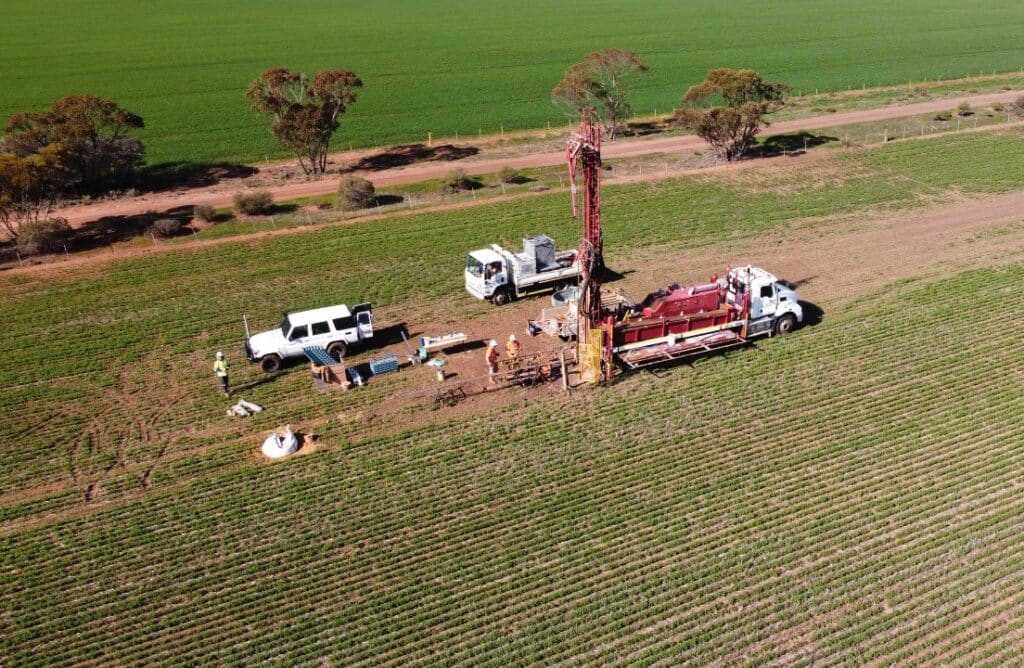

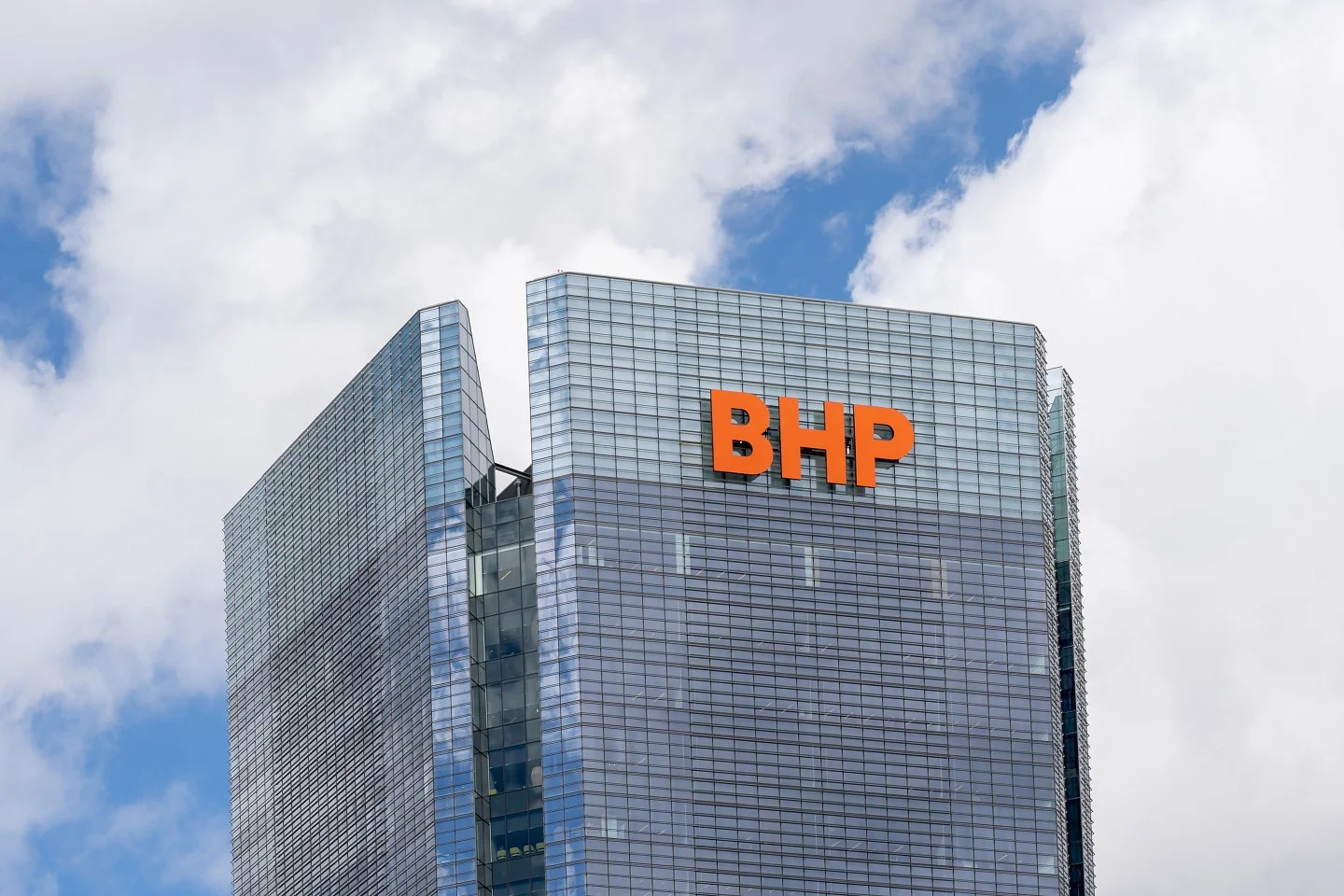



2 Comments
Sabre Sbr
No the real story is how amazing this is and what price copper gets. You compare that to the ludicrous price of software or drugs and you realize how cheap copper is and always has been. To do what is done there requires great risks and tremendous effort and engineering.
Mike Pietroniro
I would like to make a small correction concerning the image shown above the opencast pit. In 2012 yes they did purchase another brand of rock breaker called Tramac to break the oversized rock at the opencast section. I have attached a picture